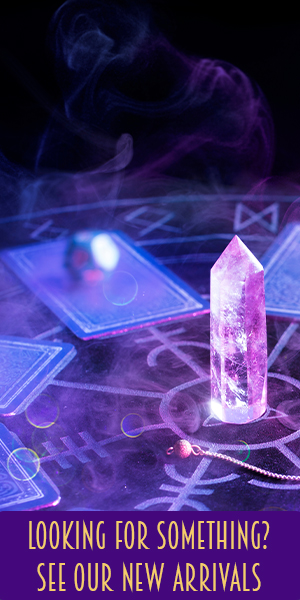creepyhollows wrote:This is true but is omitting the fact that "Fae" is an umbrella term co-opted by blending cultures to cover species that aren't even Fae and then also excluding real races of Fae as other classifications. This is especially prevalent through Christian occupations where rampant ignorance of individual classification of many different species cause them to be globally labeled with only a handful of stamps.
Yes, but then what is your criteria of what is fae and what is not? I adhere to the original beliefs. If your criteria is based on personal experience, that is fine, and you are entitled to it, but if traditional beliefs of certain cultures are going to be brought in (like the Seelie and Unseelie courts), they shouldn't be molded in accordance to those experiences.
There's a wide, wide world of written and verbal folklore in the world not found anywhere on the internet. The majority of the world for tens of thousands of years did not have written records because the majority of the people could not read or write. It wasn't until much later in human history before stories and folklore began being recorded in mass production as opposed to hand-written accounts by highly-educated people.
I agree with this. But word of mouth and general tradition has survived very well in most European countries, especially rural areas, where tradition is most prevalent. There are several books studying the folklore that predates the Victorian era, especially on fae. The Secret Commonwealth of Elves, Fauns and Fairies by Robert Kirk, books on Biddy Early, The Fairy-Faith in Celtic Countries by W.Y. Evans-Wentz are some to look up. In addition to this, the beliefs outlined in these studies are also consistent with beliefs of different cultures about fae, like Russian, Japanese and Greek beliefs. And there hasn't been any intermingling of these cultures.
As vast as the internet is there have been times I've Googled something found in an antique book or ancient manuscript that bring zero results. Sometimes it's because the text was never translated out of its native language and sometimes it's because no one has ever bothered.
Of course there are books not found on the internet. But unless I am given specific names and information about them, they can't be cited as sources.
The problem with adhering to any folklore that post-dates the 17th century is you have too many cultures colliding; especially in America and Europe. People readily associate things they are familiar with in regard to things they are unfamiliar with but may be similar. This happened all the time and you can read about the mistakes made by varying cultures in translation. Someone translating a story in the native tongue of one culture would associate the closest thing they know in their culture and thereby eradicating the original components of the tale; usually changing the actual species altogether.
The traditional beliefs in Scotland and Ireland remained very prominent according to any historical source, (or just go there and ask old people in the countryside). There were certainly bad translations, but there is a good amount of consistency between studies and verbally transmitted information that can't be ignored or attributed to bad translations. Or so it was at least until the romanticization of fae that did start
after the 17th century, with the Victorians.










